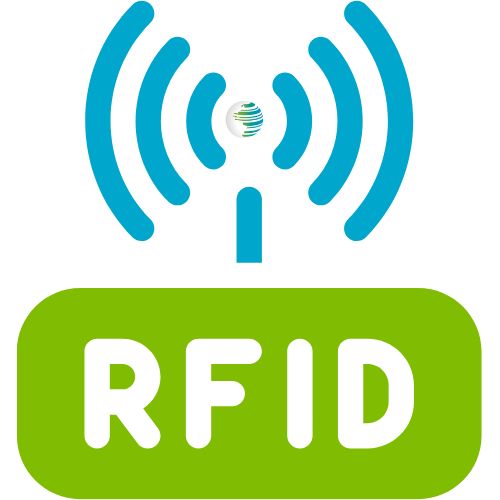Common Questions About RFID Technology Answered
Posted on
Radio Frequency Identification (RFID) technology has become an integral part of modern supply chains, inventory management, and asset tracking. Despite its growing popularity, many businesses still have questions about how it works, its benefits, and the best ways to implement it. In this article, we’ll answer some of the most common questions about RFID technology.
1. What Is RFID Technology?
|
RFID stands for Radio Frequency Identification. It uses radio waves to transmit data from an RFID tag to an RFID reader, allowing for automatic identification and tracking of objects. RFID systems consist of three main components:
|
 |
2. How Does RFID Work?
RFID systems operate by sending radio signals from the reader to the tag. When the tag receives the signal, it responds with the data stored on its microchip. This process happens almost instantaneously, allowing for rapid data collection without the need for direct line-of-sight, unlike traditional barcodes.
3. What Are the Types of RFID Tags?
-
Passive Tags: Powered by the reader’s signal, making them cost-effective and suitable for inventory tracking.
-
Active Tags: Contain an internal battery, allowing for longer read ranges and more robust data storage.
-
Semi-Passive Tags: Have a battery to power the microchip but rely on the reader for communication.
4. What Are the Benefits of Using RFID?
-
Increased Efficiency: Faster data capture without manual scanning.
-
Improved Accuracy: Reduces human errors in data entry.
-
Enhanced Visibility: Real-time tracking of assets and inventory.
-
Security: Better control over high-value items with tamper-evident tags.
5. Where Is RFID Commonly Used?
-
Retail: Inventory management and theft prevention.
-
Logistics & Supply Chain: Tracking shipments and managing warehouse operations.
-
Healthcare: Monitoring medical equipment and patient data.
-
Manufacturing: Asset tracking and production line monitoring.
6. What Is the Difference Between RFID and Barcodes?
-
Line-of-Sight: RFID doesn’t require direct line-of-sight, unlike barcodes.
-
Read Range: RFID can read multiple tags simultaneously from greater distances.
-
Data Capacity: RFID tags can store more data than barcodes.
-
Durability: RFID tags are more robust in harsh environments.
7. Are There Any Challenges with RFID Implementation?
-
Cost: Initial investment in tags and readers can be higher than barcode systems.
-
Interference: Metal and liquids can affect signal transmission.
-
Complexity: Requires careful planning to integrate with existing systems.
8. How Secure Is RFID Technology?
RFID systems can be highly secure, especially with encryption and authentication protocols. However, without proper safeguards, they can be vulnerable to eavesdropping or unauthorized scanning.
9. Can RFID Work with Existing Inventory Systems?
Yes, many RFID solutions are designed to integrate seamlessly with existing ERP and inventory management systems, enhancing data accuracy and operational efficiency.
10. How Do I Choose the Right RFID Solution for My Business?
Consider factors like:
-
Environment: Indoor vs. outdoor, presence of metals or liquids.
-
Read Range Requirements: Short-range for access control or long-range for logistics.
-
Data Needs: Simple tracking vs. detailed data storage.
Consulting with an AIDC expert, like Data Capture Solutions, can help tailor the right RFID solution to meet your specific business needs.
Ready to Explore RFID for Your Business?
At Data Capture Solutions, we specialize in providing tailored RFID solutions that streamline operations, improve accuracy, and enhance visibility. Contact us today to learn how RFID can transform your business operations.
